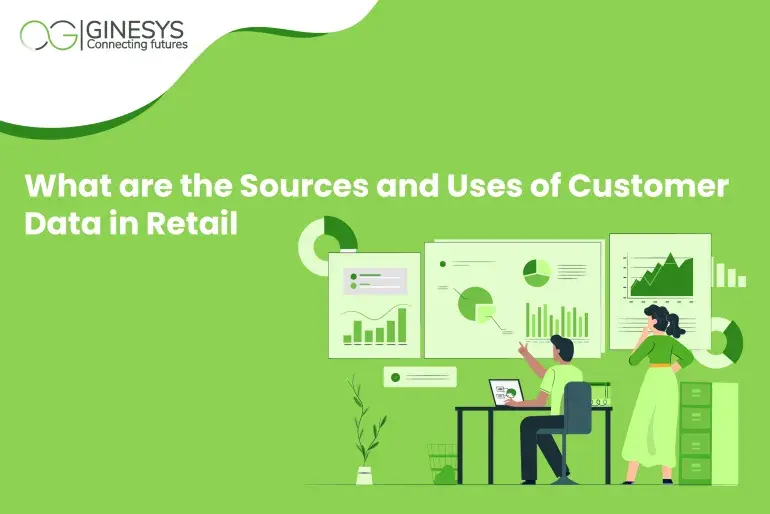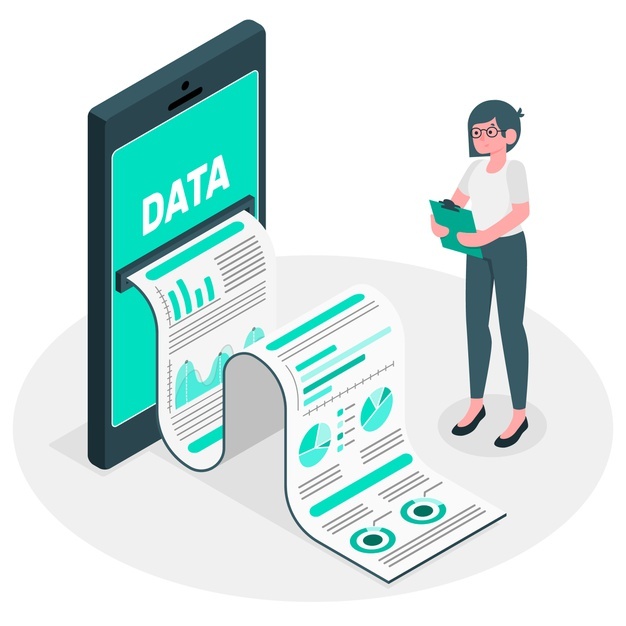What are the sources and uses of customer data in retail?

The value of data in generating sales insights and consumer intelligence has long been acknowledged by retailers. However, there is still a long way to go before we see retailers properly utilizing their data management platform. Data has become a competitive advantage in retail with firms that can meet user expectations getting a high customer lifetime value from each customer.
If retailers get the most money from their data, they can now understand customer demands and behavior at a level never anticipated. For those wise merchants that chose to use data management platforms, it opens up an ocean of growth potential in retail. To that goal, one of the most important stages is to diversify data sources and look for new ones to get actionable insights.

Sources of data for a unified customer database
During the last decade, the number of sources from which retailers may acquire customers, sales, and operational data has increased. From traditional to more novel sources - they're all important towards ensuring that we are gathering the data we need to develop accurate and full sales insights.
Data from the point of sale
The point of sale system, also known as POS systems, tracks all sales transactions and, as a result, creates a large amount of sales data from which we may deduce patterns, trends, deviations to come up with a unified view.
Data from eCommerce transactions
Website backend systems save online sales data together with online activity data, customer attributes in their logs. However, if we want to capture data flowing over our APIs, we'll need to implement cutting-edge technologies to acquire these transitory network data points, which might conceal valuable information about searches like IP addresses, inventory requests, unsubmitted fields, and more.
Sensor data collected in-store
Almost every store has Wi-Fi technology now, and the larger ones even have sensors and IoT devices to track customer behavior. We can get incredibly important data from all of them, such as client in-store movement, foot traffic, dwell time, customer Wi-Fi usage, and more.
Supply Chain Management
We may benefit from predictive analytics for inventory management by using data supplied by our Supply Chain Systems.
Social Media
The retailers can use social media profiles and review sites to learn more about their customers' expectations, satisfaction levels, and behavior while tracking competition.
Using customer data platforms
The collation and analysis of all of these new types of data remain a difficult task. The increase in volume and diversity, as well as the existence of data silos, make it challenging for retailers to exploit customer data. Here is how a CDP platform can help:
Collecting the appropriate data
The existence of several data sources does not imply that we should collect all of the data we generate as a company. On the other hand, sticking to the data we're collecting right now and wondering what we can do with it isn't a smart idea either. The best strategy is to figure out what we want to accomplish with our data, that is, determine the end goal. This will assist us in determining what data we need to collect.
Bringing data together
We must ensure that our data is merged, cleaned, and enhanced once we get the information we require. This will ensure we get the most out of it when running analysis on it through the different analytical applications. This is especially pertinent given the wide range of data sources available today.
Use up-to-date metrics
Before picking a tool or specific application for the data, we must have a clear goal in mind, just as we must have a clear objective in mind when gathering data. The data must be fresh and real-time to be of use.
What are the uses of the customer data platform?
Exploring and utilizing user data to improve our retail intelligence will provide us with considerable benefits. First and foremost, it will provide the company with a significant competitive edge, allowing it to develop more efficient tactics. As a result, the company can be expanded by boosting revenues while cutting costs.
Cross-selling and client retention can be optimized using deep insights at the right time. This can lead to better product portfolio management demand anticipation.

Ginesys One allows you to collect customer data, enhance customer relationship management, and increase your marketing automation footprint while helping your business grow. To learn more, get in touch with us today!





